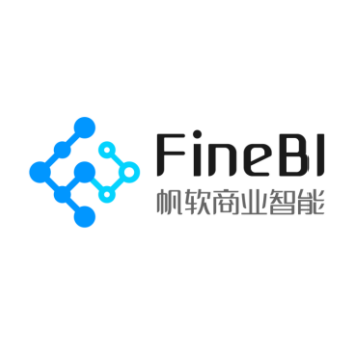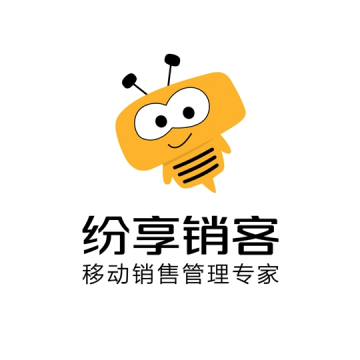超市零售数据挖掘与分析是一个复杂的过程,涉及到数据采集、清洗、处理、分析和可视化等多个步骤。在Python编程实践中,我们可以使用一些常用的库来实现这些功能。以下是一个简单的示例,展示了如何使用Python进行超市零售数据的挖掘和分析。
首先,我们需要导入所需的库:
```python
import pandas as pd
import numpy as np
from sklearn.model_selection import train_test_split
from sklearn.ensemble import RandomForestClassifier
from sklearn.metrics import accuracy_score, confusion_matrix
import matplotlib.pyplot as plt
```
接下来,我们假设有一个CSV文件,其中包含超市的销售额数据。我们可以使用pandas库读取这个文件:
```python
data = pd.read_csv('sales_data.csv')
```
然后,我们需要对数据进行预处理,包括缺失值处理、特征选择和特征转换等。这里我们只展示缺失值处理和特征选择的部分代码:
```python
# 缺失值处理
data = data.dropna()
# 特征选择
features = ['category', 'price', 'quantity']
X = data[features]
y = data['sales']
```
接下来,我们将数据集分为训练集和测试集:
```python
X_train, X_test, y_train, y_test = train_test_split(X, y, test_size=0.2, random_state=42)
```

然后,我们可以使用随机森林分类器来训练模型:
```python
clf = RandomForestClassifier(n_estimators=100, random_state=42)
clf.fit(X_train, y_train)
```
最后,我们可以评估模型的性能:
```python
y_pred = clf.predict(X_test)
print('Accuracy:', accuracy_score(y_test, y_pred))
print('Confusion Matrix:', confusion_matrix(y_test, y_pred))
```
此外,我们还可以使用matplotlib库绘制分类器的准确率和混淆矩阵:
```python
plt.figure(figsize=(10, 8))
plt.subplot(1, 2, 1)
plt.title('Accuracy')
plt.bar(range(len(y_test)), accuracy_score(y_test, y_pred))
plt.xlabel('Predicted labels')
plt.ylabel('True labels')
plt.show()
plt.subplot(1, 2, 2)
plt.title('Confusion Matrix')
plt.imshow(confusion_matrix(y_test, y_pred), cmap=plt.cm.Blues)
plt.xlabel('Predicted labels')
plt.ylabel('True labels')
plt.show()
```
这只是一个简单的示例,实际的超市零售数据挖掘与分析可能会涉及更多的步骤和更复杂的技术。但是,通过使用Python和相关的库,我们可以实现这些功能并从中获得有价值的洞察。













